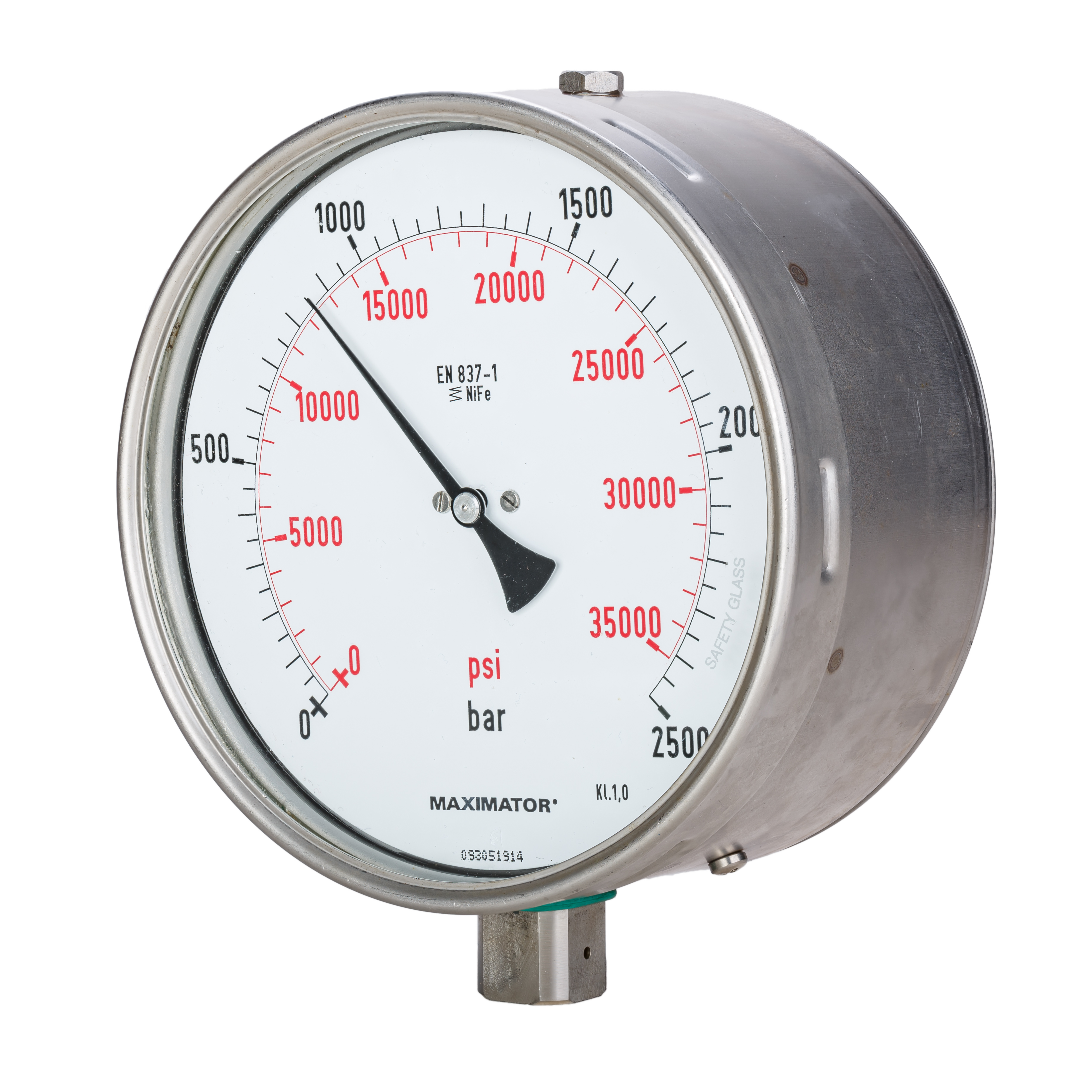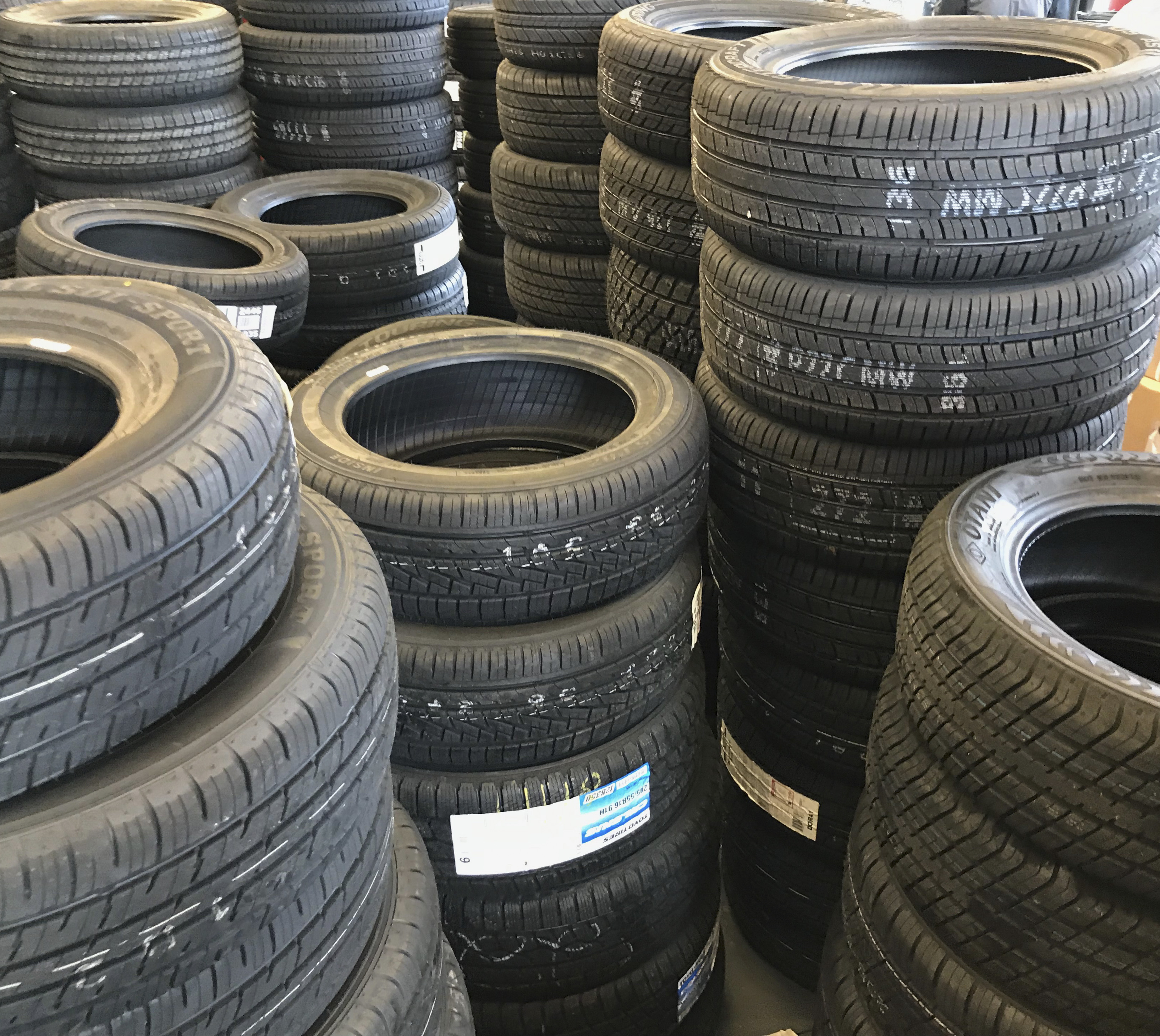|
Tire-pressure Gauge
A tire-pressure gauge, or tyre-pressure gauge, is a pressure gauge used to measure the pressure of tires on a vehicle. Proper tire pressure is crucial for vehicle safety, fuel efficiency, and tire longevity. Tire gauges come in various types, including analog, digital, and dial gauges, each offering different features and accuracy levels. Tire-pressure gauges can be used both professionally and casually and come in many different sizes.Since tires are rated for specific loads at certain pressure, it is important to keep the pressure of the tire at the optimal amount. The precision of a typical mechanical gauge as shown is ±. Higher precision gauges with ± uncertainty can also be obtained. How tire-pressure gauges work Many modern cars now come with built-in tire pressure sensors that allow all four tire pressures to be read simultaneously from inside the car. Before 2005, most on-board tire-pressure monitoring system A tire-pressure monitoring system (TPMS) monitors the a ... [...More Info...] [...Related Items...] OR: [Wikipedia] [Google] [Baidu] |
Pressure Measurement
Pressure measurement is the measurement of an applied force by a fluid (liquid or gas) on a surface. Pressure is typically measured in units of force per unit of surface area. Many techniques have been developed for the measurement of pressure and vacuum. Instruments used to measure and display pressure mechanically are called pressure gauges, vacuum gauges or compound gauges (vacuum & pressure). The widely used Bourdon gauge is a mechanical device, which both measures and indicates and is probably the best known type of gauge. A vacuum gauge is used to measure pressures lower than the ambient atmospheric pressure, which is set as the zero point, in negative values (for instance, −1 bar or −760 mmHg equals total vacuum). Most gauges measure pressure relative to atmospheric pressure as the zero point, so this form of reading is simply referred to as "gauge pressure". However, anything greater than total vacuum is technically a form of pressure. For very low pres ... [...More Info...] [...Related Items...] OR: [Wikipedia] [Google] [Baidu] |
Pressure
Pressure (symbol: ''p'' or ''P'') is the force applied perpendicular to the surface of an object per unit area over which that force is distributed. Gauge pressure (also spelled ''gage'' pressure)The preferred spelling varies by country and even by industry. Further, both spellings are often used ''within'' a particular industry or country. Industries in British English-speaking countries typically use the "gauge" spelling. is the pressure relative to the ambient pressure. Various #Units, units are used to express pressure. Some of these derive from a unit of force divided by a unit of area; the International System of Units, SI unit of pressure, the Pascal (unit), pascal (Pa), for example, is one newton (unit), newton per square metre (N/m2); similarly, the Pound (force), pound-force per square inch (Pound per square inch, psi, symbol lbf/in2) is the traditional unit of pressure in the imperial units, imperial and United States customary units, US customary systems. Pressure ma ... [...More Info...] [...Related Items...] OR: [Wikipedia] [Google] [Baidu] |
Tire
A tire (North American English) or tyre (Commonwealth English) is a ring-shaped component that surrounds a Rim (wheel), wheel's rim to transfer a vehicle's load from the axle through the wheel to the ground and to provide Traction (engineering), traction on the surface over which the wheel travels. Most tires, such as those for automobiles and bicycles, are pneumatically inflated structures, providing a flexible cushion that absorbs shock as the tire rolls over rough features on the surface. Tires provide a footprint, called a contact patch, designed to match the vehicle's weight and the bearing on the surface that it rolls over by exerting a pressure that will avoid deforming the surface. The materials of modern pneumatic tires are synthetic rubber, natural rubber, fabric, and wire, along with carbon black and other chemical compounds. They consist of a tire tread, tread and a body. The tread provides Traction (engineering), traction while the body provides containment for a ... [...More Info...] [...Related Items...] OR: [Wikipedia] [Google] [Baidu] |
Pressure Sensor
Pressure measurement is the measurement of an applied force by a fluid (liquid or gas) on a surface. Pressure is typically measured in units of force per unit of surface area. Many techniques have been developed for the measurement of pressure and vacuum. Instruments used to measure and display pressure mechanically are called pressure gauges, vacuum gauges or compound gauges (vacuum & pressure). The widely used Bourdon gauge is a mechanical device, which both measures and indicates and is probably the best known type of gauge. A vacuum gauge is used to measure pressures lower than the ambient atmospheric pressure, which is set as the zero point, in negative values (for instance, −1 bar or −760 mmHg equals total vacuum). Most gauges measure pressure relative to atmospheric pressure as the zero point, so this form of reading is simply referred to as "gauge pressure". However, anything greater than total vacuum is technically a form of pressure. For very low pressu ... [...More Info...] [...Related Items...] OR: [Wikipedia] [Google] [Baidu] |
Tire-pressure Monitoring System
A tire-pressure monitoring system (TPMS) monitors the air pressure inside the pneumatic tires on vehicles. A TPMS reports real-time tire-pressure information to the driver, using either a gauge, a pictogram display, or a simple low-pressure warning light. TPMS can be divided into two different types – Direct TPMS, direct (dTPMS) and indirect (iTPMS). TPMS are installed either when the vehicle is made or after the vehicle is put to use. The goal of a TPMS is avoiding traffic accidents, poor fuel economy, and increased tire wear due to under-inflated tires through early recognition of a hazardous state of the tires. This functionality first appeared in luxury vehicles in Europe in the 1980s, while mass-market adoption followed the USA passing the 2000 Transportation Recall Enhancement, Accountability and Documentation Act, TREAD Act after the Firestone and Ford tire controversy. Mandates for TPMS technology in new cars have continued to proliferate in the 21st century i ... [...More Info...] [...Related Items...] OR: [Wikipedia] [Google] [Baidu] |
Direct TPMS
Direct TPMS, or direct tire pressure monitoring systems (direct sensor TPMS) refers to the use of a pressure sensor directly mounted on the wheels or tires of a vehicle.Hawes, p. 1. The pressure inside the tire is measured using a pressure transducer with the pressure information being subsequently sent to the vehicle to warn the driver of under or over inflation of a tire. The pressure information is commonly transmitted to the vehicle using radio frequency (RF) technology, though systems using mechanical, electrical or magnetic methods have been used over recent years. Typical system In most current designs of direct TPMS, a small electronic assembly which is rugged enough to be mounted inside a tire, measures the pressure using a microelectromechanical system (MEMS) pressure sensor and then transmits this and other information to one or more vehicle receivers. Other information can include a serial number, temperature, acceleration, direction of rotation and the status of th ... [...More Info...] [...Related Items...] OR: [Wikipedia] [Google] [Baidu] |
Pressure Gauges
Pressure (symbol: ''p'' or ''P'') is the force applied perpendicular to the surface of an object per unit area over which that force is distributed. Gauge pressure (also spelled ''gage'' pressure)The preferred spelling varies by country and even by industry. Further, both spellings are often used ''within'' a particular industry or country. Industries in British English-speaking countries typically use the "gauge" spelling. is the pressure relative to the ambient pressure. Various units are used to express pressure. Some of these derive from a unit of force divided by a unit of area; the SI unit of pressure, the pascal (Pa), for example, is one newton per square metre (N/m2); similarly, the pound-force per square inch (psi, symbol lbf/in2) is the traditional unit of pressure in the imperial and US customary systems. Pressure may also be expressed in terms of standard atmospheric pressure; the unit atmosphere (atm) is equal to this pressure, and the torr is defined as of th ... [...More Info...] [...Related Items...] OR: [Wikipedia] [Google] [Baidu] |






